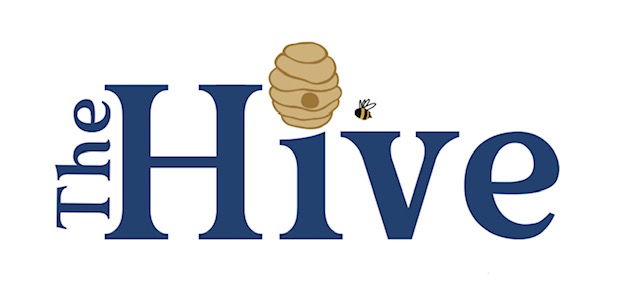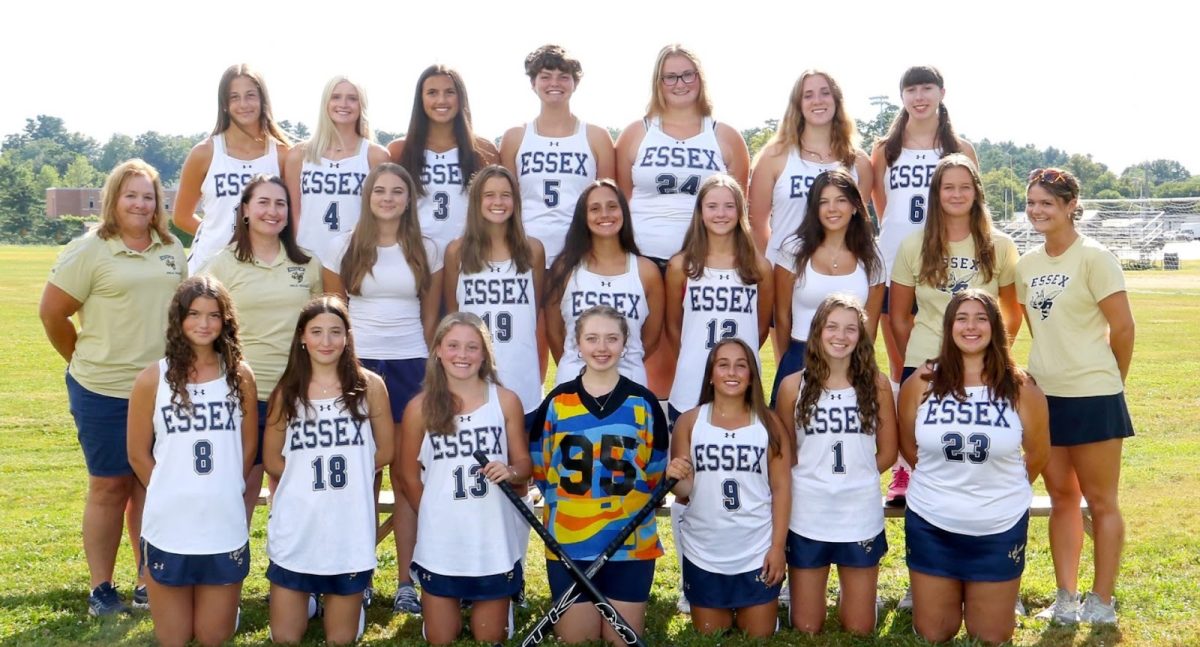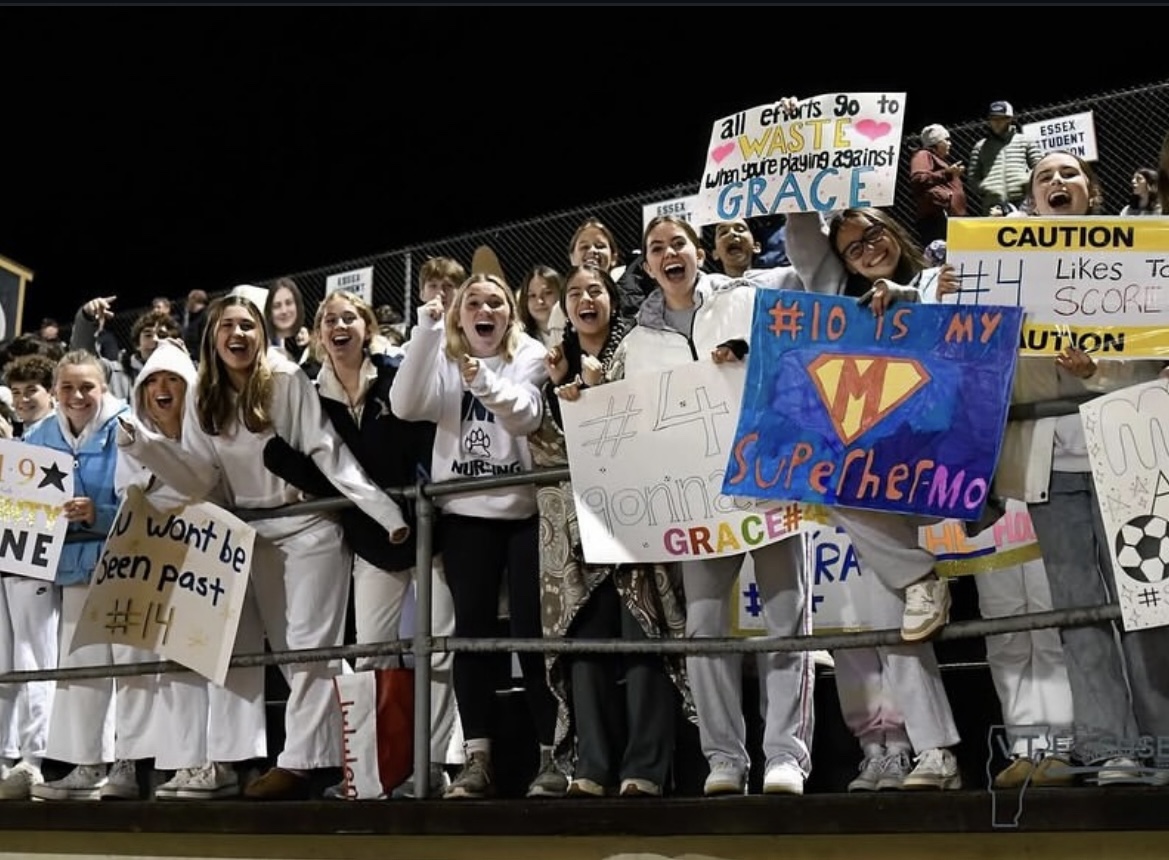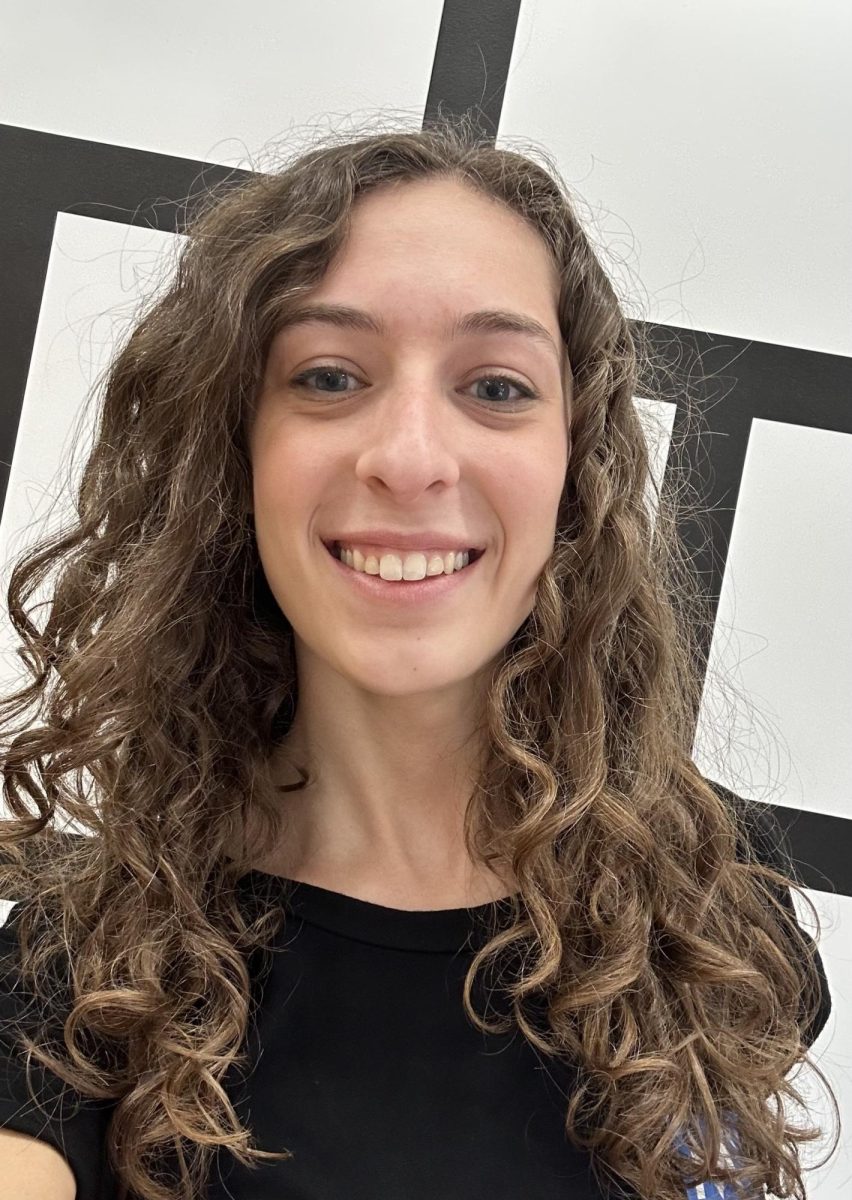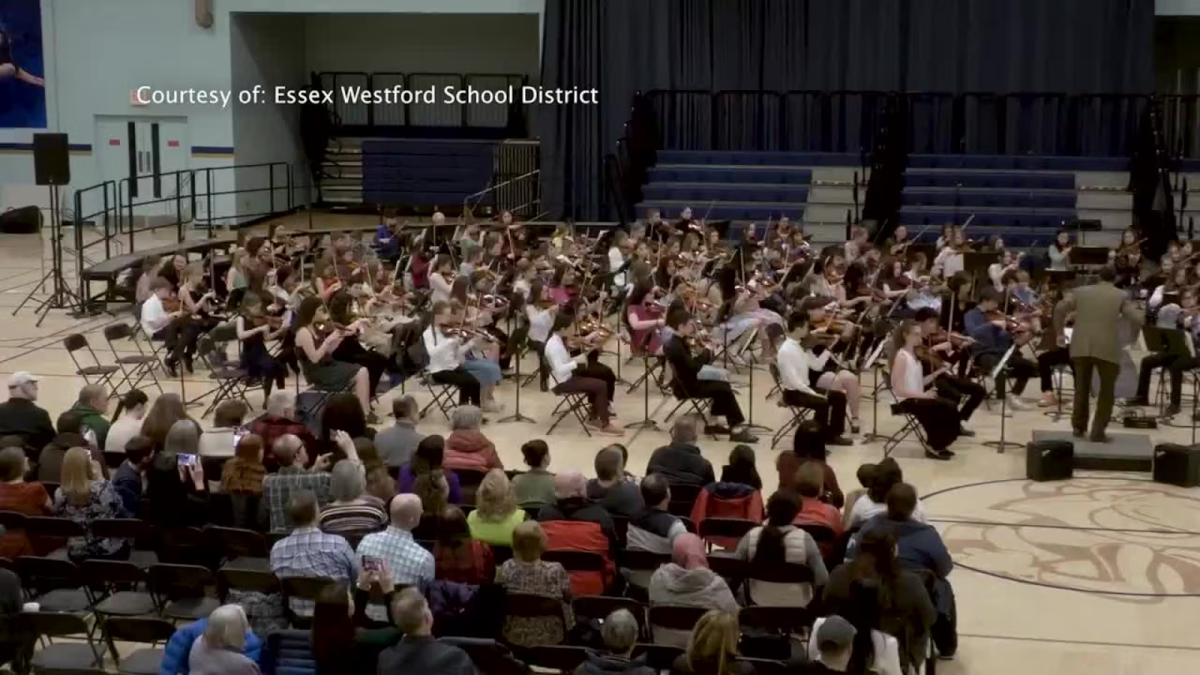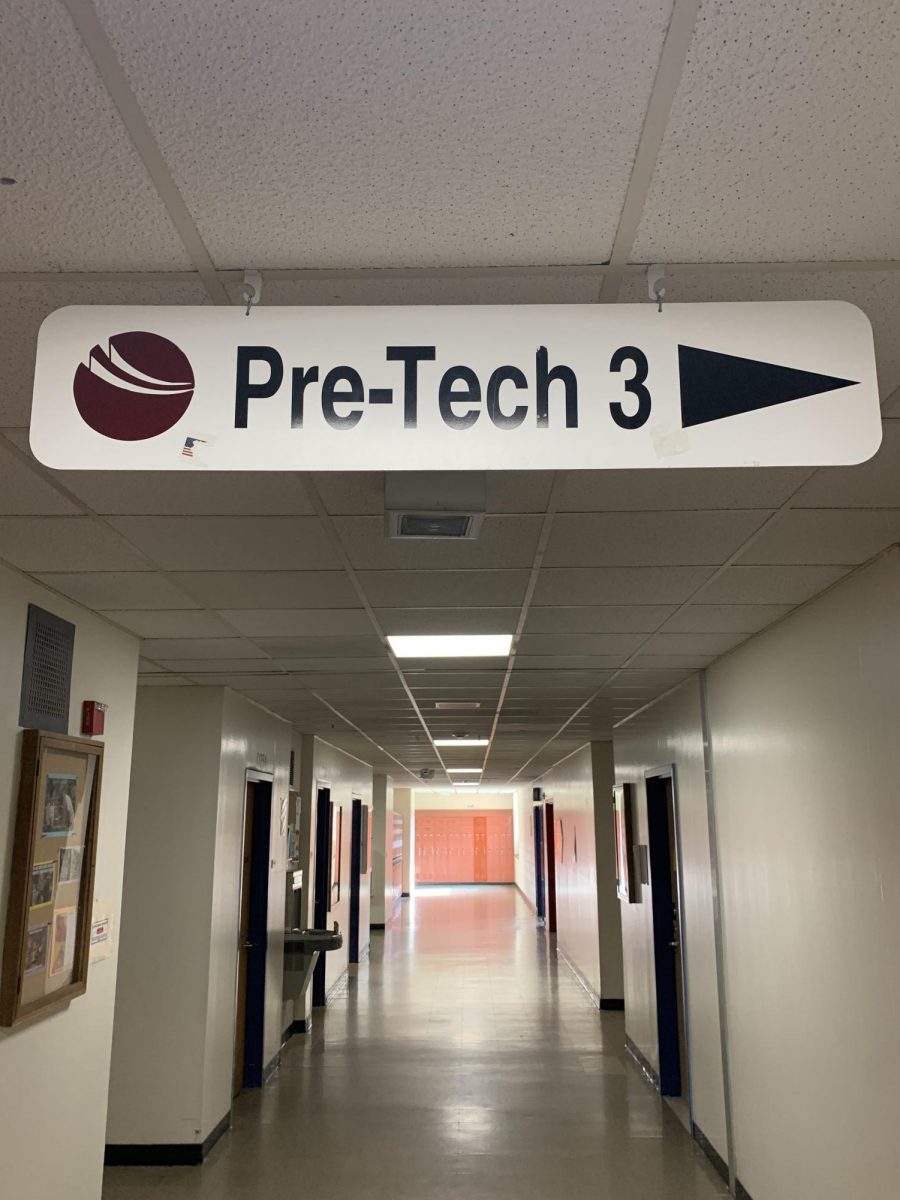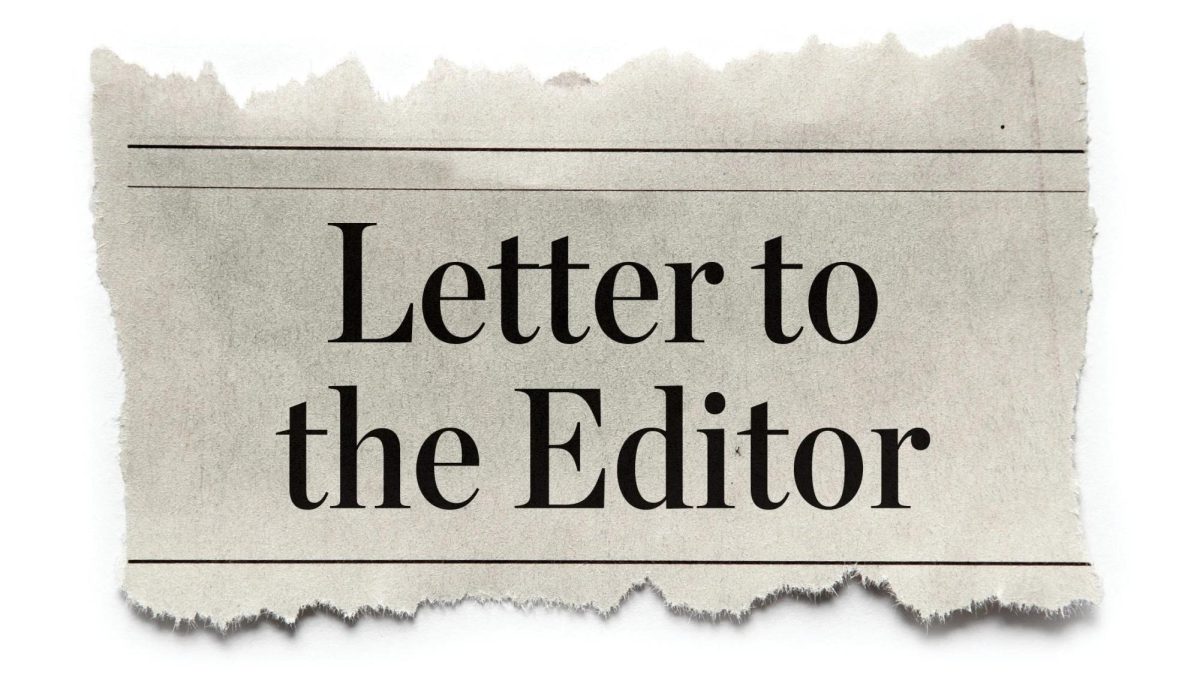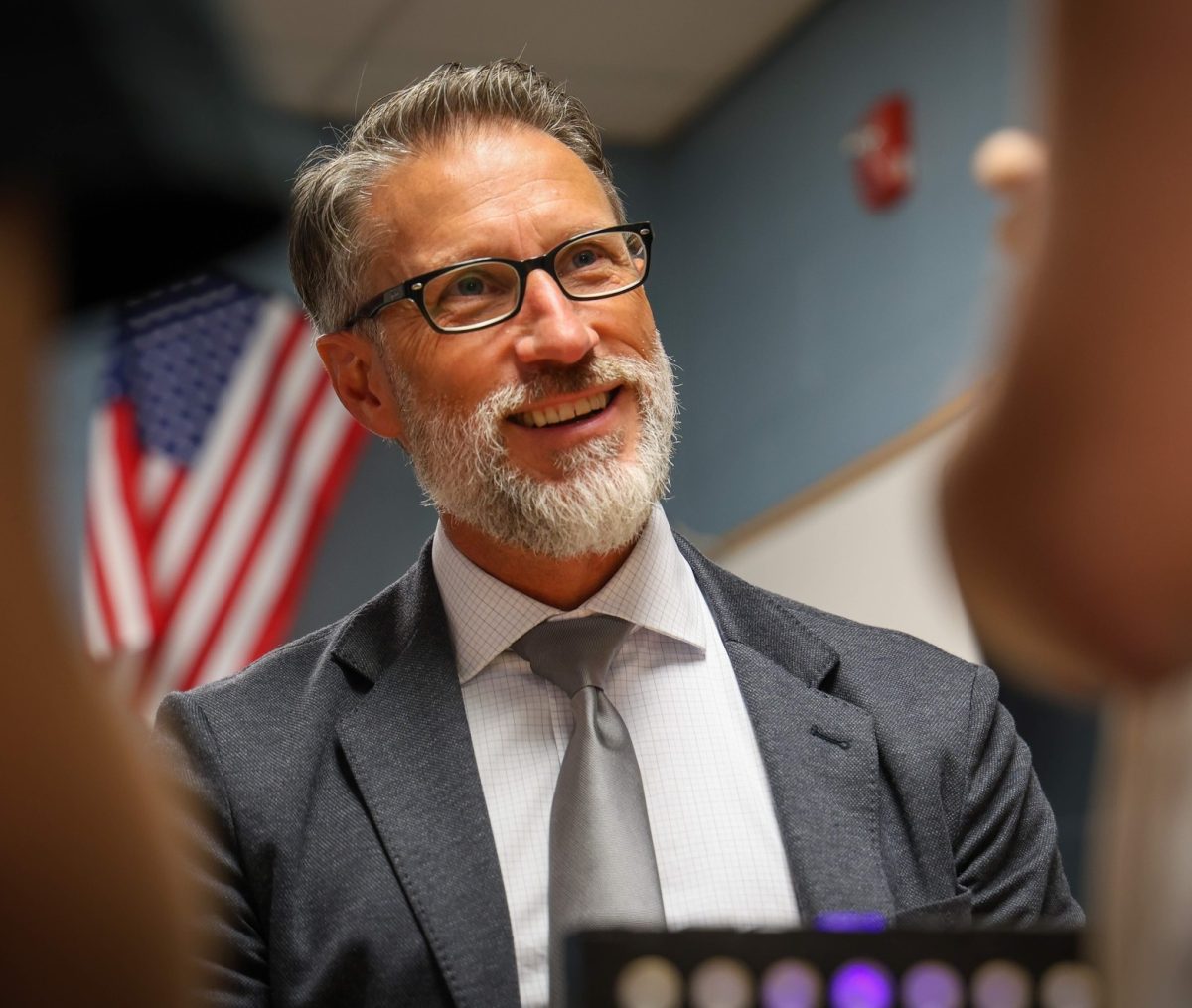Whether they want to admit it or not, everyone has been addicted to something in their life. Some might hold innocent addictions: chocolate, video games, coffee, and shopping. Some might hold more serious addictions: drugs, alcohol, or gambling. The difference between innocent and dangerous is often shrugged off, leaving the ones struggling left with a battle to fight bigger than themselves.
What if I told you that the most prevalent addiction current students are facing is the use of ChatGPT? ChatGPT is creating a generation dependent on technology, where students are unable to process information, think for themselves, or challenge their brains.
The most recent results from the National Assessment of Educational Process (NAEP) found that, on average, 2024 reading scores for seniors in high school were 10 points lower than when the test was first administered in 1992. Math scores have also taken a hit, with scores lower than those reported in 2005. The test, administered by the National Center for Education Statistics (NCES), was taken by 24,300 Seniors in reading and 19,300 in math.
In addition, the “How America Learns” survey conducted by Quizlet in July 2025 revealed that 89% of high school and college students aged 14-22 use A.I. for schoolwork.
The direct correlation between the increased use of A.I. for schoolwork and the declining test scores is too clear to ignore. With a tool like ChatGPT accessible with just the click of a keyboard, the temptation for students to use it as an alternative to finishing an assignment is as strong as a young child in a candy store.
The true problem lies in the fact that most students don’t realize how much they truly depend on ChatGPT. Students first start small with their usage; they might try using it to figure out a problem on their math homework or write an email for them. Gradually, the dependence builds, like a water faucet that has been turned on and the handle to stop it is broken. Next thing you know, students are using it for everything under the sun, unknowingly ruining the development of their own independence along with their intelligence.
Many students argue that ChatGPT fills in the gaps that teachers miss. Imagine maybe your teacher assigned a test, but didn’t provide a study guide. Maybe your teacher flew through a reading, and you need a summary. Maybe your teacher wasn’t in class, and you needed feedback on your essay due next class. Once plugged into ChatGPT with a prompt, these factors create a personalized learning experience for students tailored to their exact needs.
In response, teachers have begun to adapt to the increased use of A.I. in schools. Many teachers have started to enable “originality checks” in Google Classroom, in which, before submitting assignments, either students or teachers can run documents through a program to check for plagiarism. In addition, teachers have also begun to move to lockdown browser tests, where students only have access to the website on which they are taking the test.
Although the quick solutions teachers have created are working now, over time, students will find loopholes and ways to get around them. One long-term solution is creating an alternative chatbot like ChatGPT to put on school-issued Chromebooks that have some of its features limited. This way, students will still have access to a personalized learning plan through A.I. to enhance their learning, but won’t grow dependent on it for every assignment.
No matter what you use A.I. for, it’s important to remember that A.I. was not accessible to earlier generations. With the limited information available on the long-term effects of A.I., it’s hard to truly grasp how much it is blocking current students from learning and growth opportunities. That being said, it’s crucial to be careful, but also curious about A.I. A.I. has been proven to be revolutionary in healthcare, scientific research, and data analysis. But the one place its impact hasn’t been proven is in schools.
Students need to remember that A.I. is only a tool, not a new way of thinking. Students need to remember that school is meant to be hard, and that you’re supposed to struggle. Students need to remember that shortcuts often lead to failure, but hard work and determination can lead to success.
